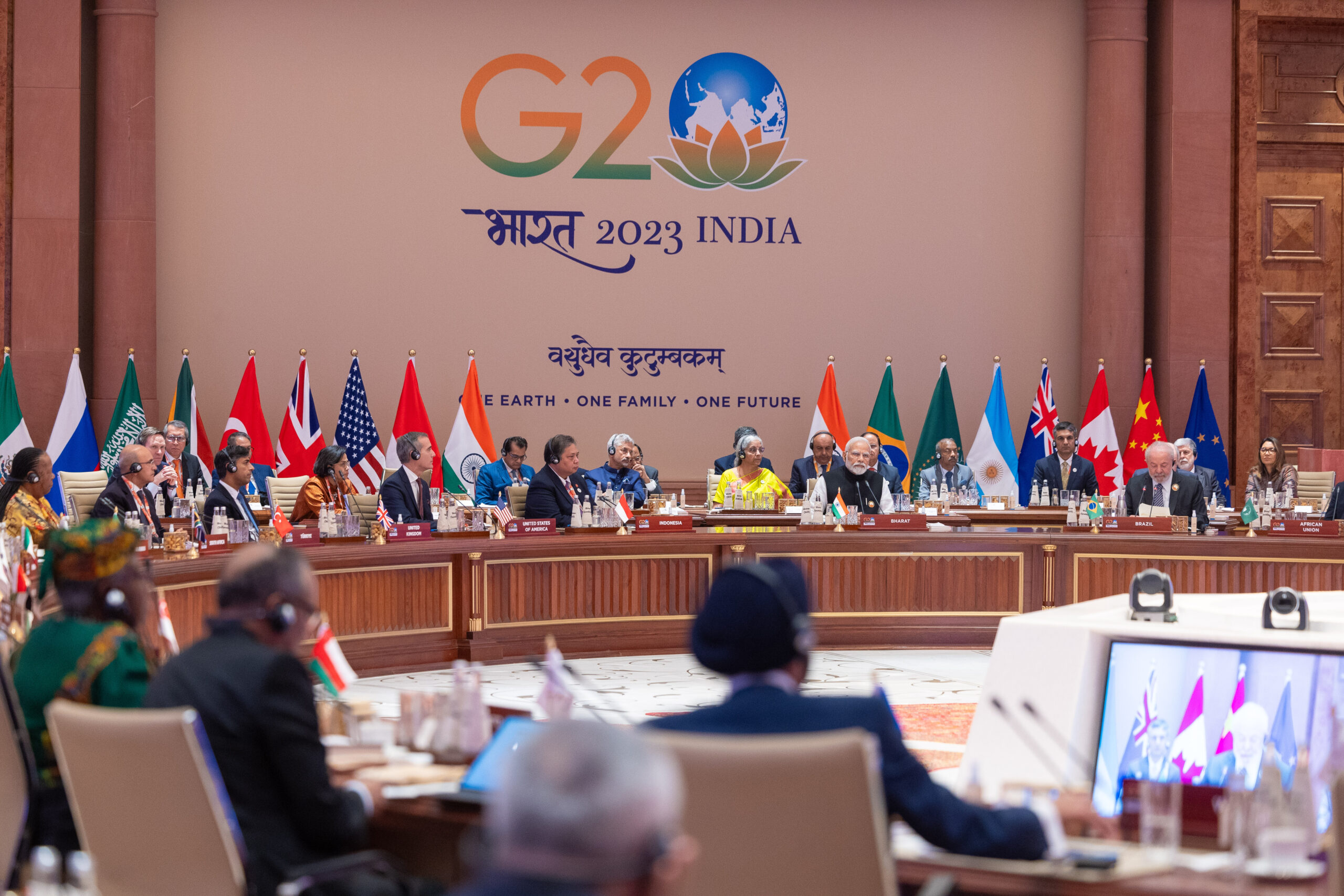As Russia Again Raises Spectre of Nuclear War, World Leaders Must Renew Their Deterrence Vow
SOUTH CHINA MORNING POST
Nearly 80 years after the Hiroshima atomic bombing, the global nuclear taboo seems to be fraying amid Russian and North Korean threats, and US alliance complications. APLN member C. Uday Bhaskar argues that the coming G20 summit would be an appropriate forum for world leaders to reiterate their commitment to nuclear restraint and a return to deterrence. Read the original article here.
Russia’s threat on July 30 of a “global nuclear fire” in response to Ukraine’s counteroffensive came exactly a week before Hiroshima Day, held as a reminder of the horrors of the nuclear bomb.
The US dropped atomic bombs on Japan in the final stages of World War II, hitting Hiroshima on August 6, 1945, then Nagasaki three days later. Since that terrifying nuclear inferno ravaged the two Japanese cities and their hapless citizens, a global nuclear taboo has been maintained – but this now appears to be fraying.
On July 30, Russian Security Council deputy chairman Dmitry Medvedev, formerly Russia’s president, said Russia would be forced to use nuclear weapons if Ukraine’s counter-attack succeeded.
“Imagine if the … offensive, which is backed by Nato, was a success and they tore off a part of our land then we would be forced to use a nuclear weapon according to the rules of a decree from the president of Russia,” he said. “There would simply be no other option. So our enemies should pray for our warriors’ [success]. They are making sure that a global nuclear fire is not ignited.”
The stationing of Russian tactical nuclear weapons in Belarus has upped the ante and is reminiscent of the latter phases of the Cold War, when the US-led alliance reserved the right to use battlefield nuclear weapons to blunt a conventional Soviet offensive in central Europe.
While Putin’s objective seems to be to keep the world guessing, Russia’s attitude is both distinctive and disturbing: this is the first time a permanent member of the United Nations Security Council and a primary nuclear power has sought to invoke its nuclear weapons capability to redress a setback in a conventional war.
Russia’s latest stance has diluted this resolve; other developments specific to the US-led Western alliance have muddied the waters as well.
The Aukus alliance, formed by the unilateral US decision in September 2021 to enter a nuclear submarine pact with Australia and Britain, has introduced a new element. Now, a non-nuclear-weapon state, such as Australia, will acquire enhanced underwater capabilities by way of nuclear-powered submarines, adding to the strategic anxieties of China and Russia.
The steady consolidation of the US-led Quadrilateral Security Dialogue (Quad) in the Indo-Pacific, which brings together Australia, India and Japan, has added to the anxiety and/or insecurity of both Russia and China. In northeast Asia, North Korea has, with a single-minded focus, acquired nuclear weapon and missile capabilities, complicating the deterrence matrix of the US and its allies.
The US used its nuclear weapons monopoly in 1953 to force China to come to the negotiating table over the Korean war. Today, the nuclear shadow looms ominously again.
In response to Russia’s latest nuclear growl, the global community has conveyed its disapproval in different ways. The more effective voices that Putin has acknowledged are from China and India – and both have urged restraint.
In February, Beijing released a peace proposal to end the war in Ukraine and advised: “Nuclear weapons must not be used and nuclear wars must not be fought. The threat or use of nuclear weapons should be opposed.”
The G20 summit India is hosting next month will bring together most of the major powers – presuming Joe Biden, Xi Jinping and Putin will attend – and this would be an appropriate forum for the global leadership to reiterate their commitment to nuclear restraint and a return to deterrence.
Global political leaders must be encouraged to renew the pledge to strengthen the nuclear taboo symbolised by the enormity of Hiroshima – succinctly captured in the Oppenheimer film.
Illustration: Stephen Case




